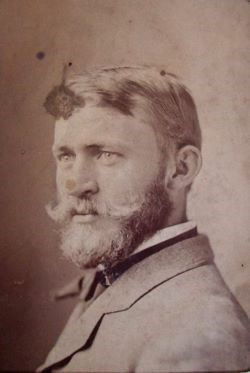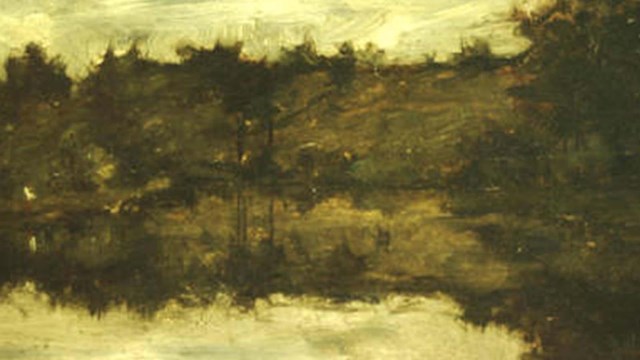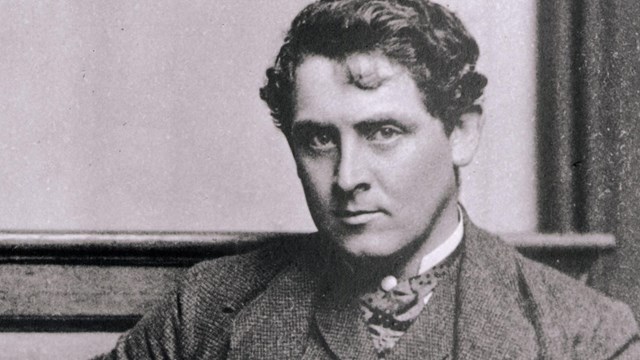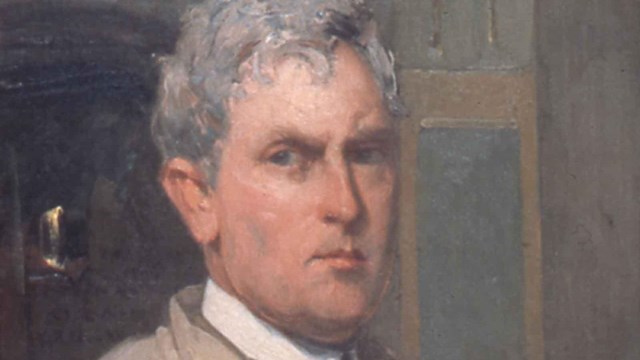|
John Henry Twachtman was an American Impressionist artist who combined the techniques of Impressionism and Tonalism to create landscapes that were noted for their muted earth tones and their ability to convey the emotion and beauty of nature. Many of Twachtman's subjects were simple scenes-a farm pasture, an old house, a stretch of ocean-and he was also known for his winter landscapes. He lived and painted for twelve years in Greenwich, CT; other painting spots included Gloucester, MA and seasides in France and Italy. His early death at age 50 cut his promising art career short, and he was mourned by many. "By the death of John H. Twachtman, the world has lost an artist of the first rank," wrote artist Thomas Dewing. American Impressionist Artist (1854-1902)
NPS John Henry Twachtman's artwork combined the techniques of Impressionism and Tonalism to create landscapes that were noted for their muted earth tones and their ability to convey the emotion and beauty of nature. "He was indeed a minor poet of the brush," wrote the New York Times in 1902 for his obituary. "His pictures…work their way to your heart by the seeming ease of their workmanship, the simplicity of their theme, the truth of their observation." His early death at age 50 cut his promising art career short, and he was mourned by many. "By the death of John H. Twachtman, the world has lost an artist of the first rank," wrote artist Thomas Dewing. "He is too modern, probably, to be fully recognized or appreciated at the present, but his place will be recognized in the future." 
John Henry Twachtman (1853 - 1902)
One of Julian Alden Weir's closest friends, John Henry Twachtman spent summers at Weir Farm, creating etchings and painting the landscape. 
Julian Alden Weir (1852-1919)
As the father of American Impressionism, Weir used new, international ideas about painting to change American art. 
Meet the Artists
Learn about the prominent artists and their family members who lived and worked here. |
Last updated: December 18, 2020
